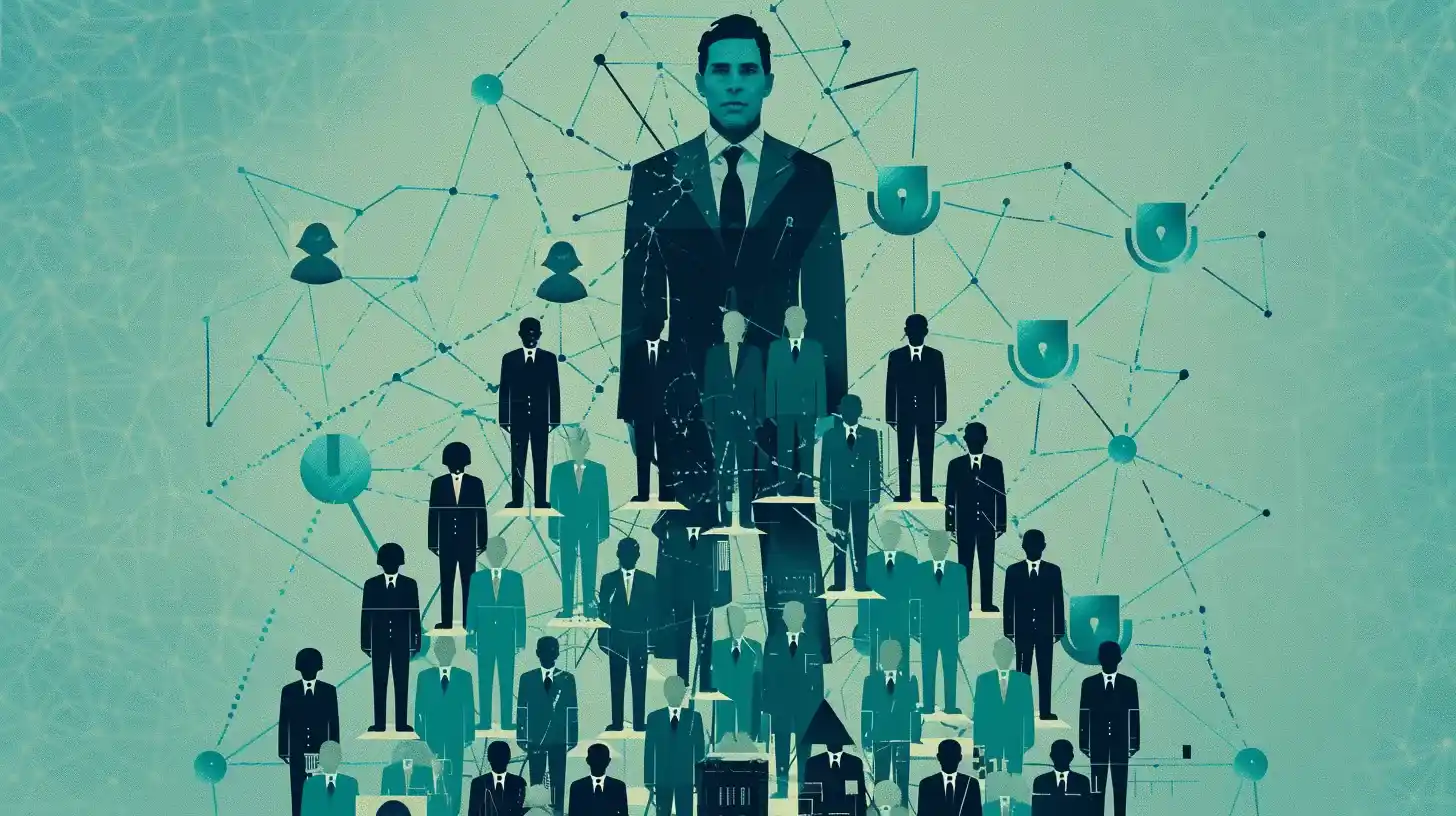Table of Contents
A Troubled Shake-Up
Microsoft Reunites Windows: Following the departure of Panos Panay from Microsoft’s helm of Windows and Surface last year, the tech giant swiftly initiated a divisional restructuring, splitting Panay’s responsibilities into two separate teams.
This strategic move aimed to steer Windows engineers towards augmenting web and AI features under the leadership of Mikhail Parakhin, who had previously overseen Bing and advertising efforts. However, the transition encountered hurdles along the way.
Six months post the reorganization, Microsoft Reunites Windows and Surface divisions under a fresh leadership, prompted by mounting dissatisfaction within the company. This development unfolds as Microsoft gears up for a significant push towards what it terms an “AI PC.”
Pavan Davuluri, currently at the helm of Surface hardware, now assumes leadership over both Windows and Surface divisions. Concurrently, Mustafa Suleyman, recently hired by Microsoft CEO Satya Nadella and co-founder of DeepMind, steps into the role of steering the company’s consumer AI initiatives as the CEO of Microsoft AI.
Suleyman’s appointment underscores a tacit acknowledgment of the challenges encountered during the previous Windows and AI restructuring.
Microsoft Reunites Windows and Surface
In the organizational hierarchy, Suleyman supersedes Parakhin, who had assumed partial responsibility for Windows engineering post-Panay’s departure. Parakhin, formerly CEO of advertising and web services at Microsoft, now embarks on exploring new roles within the company, as per an internal memo obtained by The Verge.
This unexpected turn of events contrasts sharply with Parakhin’s trajectory, described just six months earlier as one of the fastest-rising leaders within the company.

Parakhin’s leadership drew mixed reviews internally, with some pointing to a distinct culture within the web experiences team he led, characterized by micromanagement and stringent project deadlines. Notably, this team was also responsible for the contentious Bing pop-ups witnessed in recent versions of Windows. Microsoft Reunites Windows aggressive promotion of Edge, replete with tactics aimed at diverting users from Chrome, further fueled internal discontent.
The reconsolidation of Windows and Surface under Davuluri’s leadership promises to inject much-needed coherence into Microsoft’s AI strategy for Windows. Davuluri, with over two decades of experience at Microsoft and a deep involvement in Surface engineering, is well-positioned to navigate the convergence of hardware and software in the era of AI.
Amid uncertainties surrounding Surface hardware following last year’s portfolio adjustments, Microsoft’s renewed focus on integrated hardware and software under Davuluri’s stewardship is reassuring. The pandemic-induced fluctuations in laptop sales have undoubtedly influenced Nadella’s strategic positioning of Windows within the AI landscape.
Looking ahead, Microsoft faces the task of elucidating the significance of AI PCs to consumers and delineating their attributes beyond mere marketing buzzwords. Davuluri’s recent emphasis on leading Microsoft’s silicon efforts, coupled with anticipated launches of Arm-powered Surface devices, signals a pivotal juncture for Microsoft’s relationship with chip manufacturers like Qualcomm and AMD.
Leadership Changes and Strategic Moves
The impending introduction of Arm-powered Surface devices, particularly the Surface Pro 10, underscores Microsoft Reunites Windows growing confidence in Qualcomm’s Snapdragon Elite X processors. This shift, albeit not as drastic as Apple’s transition to its own silicon, marks a significant milestone in Microsoft’s long-standing partnership with Intel.
In conclusion, Microsoft’s recent realignment reflects its commitment to navigating the evolving landscape of AI-driven computing. With seasoned leaders at the helm and a renewed focus on integrated hardware and software, the tech giant is poised to carve a distinctive niche in the era of AI.
As Microsoft charts its path forward, a key imperative lies in effectively articulating the benefits of AI-powered PCs to consumers. Beyond the buzzwords, the company must demonstrate how these devices enhance productivity, creativity, and overall user experience.

At the heart of Microsoft Reunites Windows AI strategy lies the seamless integration of artificial intelligence across its product ecosystem. From intelligent assistants like Cortana to sophisticated features embedded within productivity tools, AI holds the promise of transforming how individuals interact with technology on a daily basis.
By harnessing the power of AI, Microsoft endeavors to deliver personalized experiences that not only meet but exceed user expectations.
However, amid the pursuit of innovation, Microsoft remains cognizant of the importance of safeguarding user privacy and data security. As AI algorithms rely on vast datasets to fuel their insights, preserving user privacy becomes non-negotiable. Microsoft’s steadfast commitment to robust privacy measures underscores its dedication to earning and maintaining user trust in an increasingly data-driven world.
Microsoft Reunites Windows recent restructuring signals a strategic pivot toward harnessing the transformative potential of AI across its product offerings. With a renewed focus on integration, innovation, and user privacy, the tech giant is poised to redefine the future of computing in the era of artificial intelligence.
As consumers await the unveiling of Arm-powered Surface devices and other AI-driven innovations, Microsoft’s commitment to delivering seamless, intelligent experiences remains unwavering.